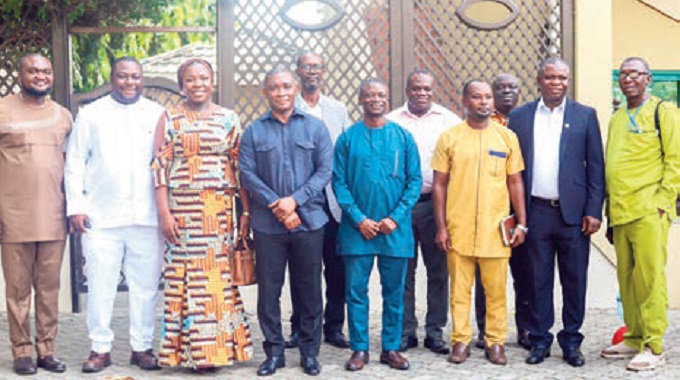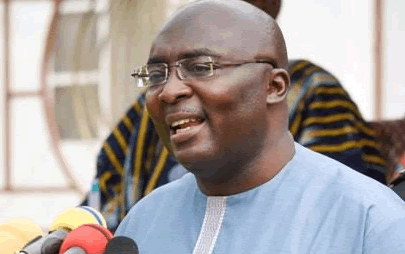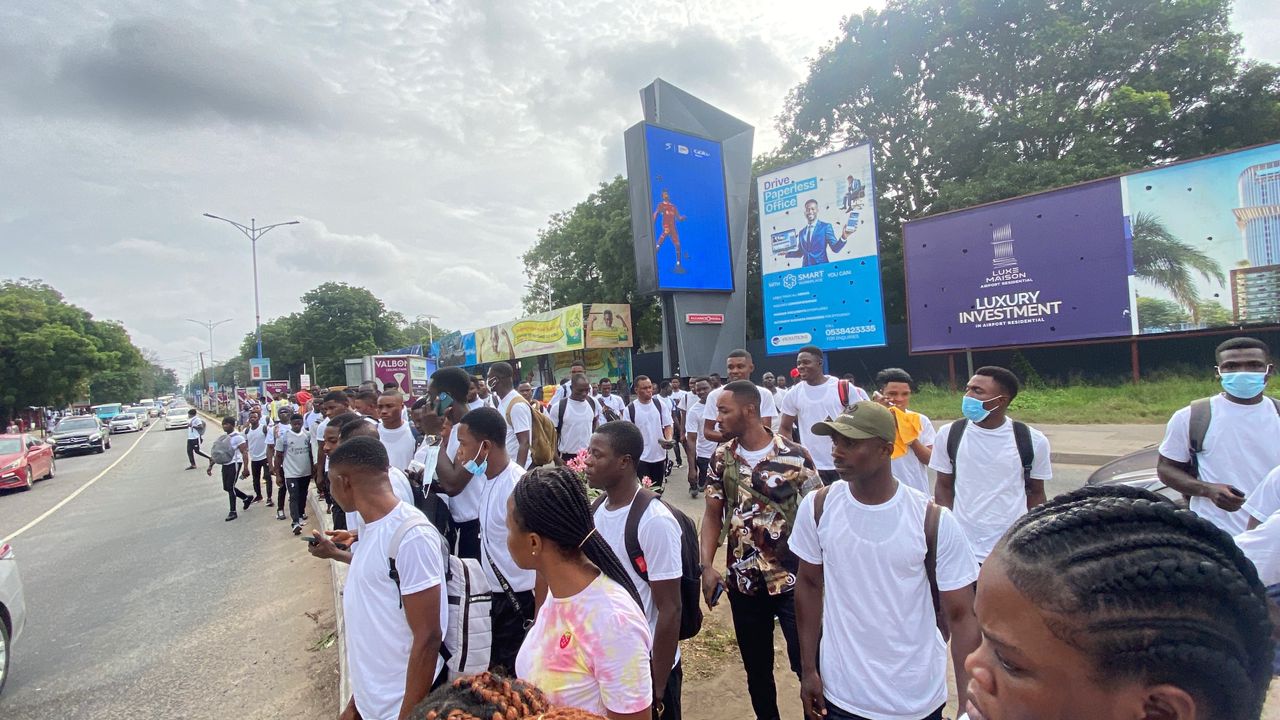
Illegal small-scale mining, or galamsey, continues to dominate headlines in Ghana due to its significant environmental, social, and economic impact. While the trade generates income for hundreds of thousands of Ghanaians, its long-term effects threaten the nation’s water bodies, forests, and sustainable development. This article explores how Ghana can transform the pains and pleasures of galamsey into a more productive national initiative, leveraging global best practices to protect its environment while fostering economic growth. By incorporating facts, figures, and comparative global examples, this feature seeks to chart a sustainable path forward.
Historical overview of galamsey in Ghana
Galamsey has deep roots in Ghana, dating back to the 15th century when local communities discovered and mined gold. By the early 19th century, gold became one of the nation’s most significant exports, but colonial authorities introduced more formalised mining practices that excluded small-scale miners from the sector. In the post-colonial era, Ghana’s mining laws, such as the Minerals and Mining Act of 1986, legalised small-scale mining under strict regulatory frameworks. However, a lack of enforcement and rampant poverty have driven many miners to operate outside the law, thus fuelling the rise of illegal mining.
In 2016, it was estimated that 1.1 million people were engaged in illegal small-scale mining activities across the country, indirectly supporting about 4.4 million people, roughly 14 per cent of the population. Despite a government ban on illegal mining activities in 2017, galamsey has persisted due to lax enforcement, inadequate alternative livelihoods, and the lucrative nature of gold mining.
The economic benefits and environmental costs
The immediate financial gains from galamsey are undeniable. In 2020, small-scale mining (legal and illegal) accounted for 36 per cent of the country’s total gold output, amounting to approximately 1.6 million ounces. Ghana, the world’s seventh-largest gold producer, exported nearly US$6.79 billion worth of gold in 2020, with the artisanal sector contributing substantially to this figure.
However, the environmental cost is steep. Galamsey has led to severe deforestation and the contamination of key rivers such as the Pra, Ankobra, and Birim, which are crucial to farming and drinking water for surrounding communities. According to the Water Resources Commission of Ghana in 2021, mercury and cyanide levels in these rivers exceeded permissible levels by 1000 per cent, threatening biodiversity and public health. Ghana’s Environmental Protection Agency estimates that the country spends approximately US$400 million annually on restoring degraded lands and water bodies affected by illegal mining activities.
Global Comparisons: How other nations handle small-scale mining
To address the environmental and economic challenges of small-scale mining, several countries have implemented innovative policies and practices that could serve as a model for Ghana.
In Peru, one of the world’s largest gold producers, the government established formalisation programs for artisanal miners in 2012. The programs include providing miners with technical training, legal permits, and access to environmentally friendly technologies. By 2020, about 70 per cent of Peru’s small-scale miners had transitioned into the formal economy, significantly reducing the use of mercury and illegal mining operations.
Similarly, Colombia has launched initiatives that support community-led environmental reclamation projects, where former miners are employed to rehabilitate degraded mining lands. In 2017, Colombia’s program led to the reclamation of over 5,000 hectares of land, benefiting the environment and providing sustainable livelihoods for former miners.
Land Reclamation: Learning from water-logged nations
Countries that have faced the challenge of land degradation have found innovative ways to reclaim submerged or degraded lands. The Netherlands, known for its expertise in land reclamation, has successfully turned waterlogged areas into productive economic zones. For instance, the Flevoland province, reclaimed from the Zuiderzee in the 1950s and 1960s, is now a thriving hub for agriculture, housing, and industry, contributing significantly to the Dutch economy.
In Singapore, the scarcity of land led to massive land reclamation efforts that increased the nation’s size by 22 per cent since its independence in 1965. These reclaimed areas have been turned into industrial parks, residential neighborhoods, and recreational spaces, making Singapore a global example of how land-scarce nations can maximise their territory.
Ghana can adapt similar strategies by focusing on large-scale land reclamation and water purification efforts. The Ministry of Lands and Natural Resources, along with the Environmental Protection Agency, could develop a national reclamation fund, drawing from the US$200 million earmarked annually for environmental restoration to invest in sustainable land management projects that turn galamsey-affected areas into productive lands for agriculture, aquaculture, and eco-tourism.
Researching sustainable mining practices: The role of stakeholders
For Ghana to shift from destructive mining to a sustainable, innovative economic model, the country’s critical stakeholders including the government, academia, miners, environmental groups, and the private sector must collaborate on research and development (R&D) initiatives that seek alternative, less harmful mining techniques. Currently, the University of Mines and Technology in Tarkwa is leading research into mercury-free gold extraction techniques, such as the Borax method, which has been adopted successfully in countries like Tanzania and the Philippines.
Such initiatives could be scaled up with support from international organisations like the Global Environment Facility (GEF) and the United Nations Development Programme (UNDP), which have previously provided funding and technical assistance to developing countries seeking to improve their small-scale mining practices.
BY PROF. SAMUEL LARTEY
The post Ghana’s economic innovation and galamsey crisis: How other nations handle small-scale mining (Part 1) appeared first on Ghanaian Times.
Read Full Story

















Facebook
Twitter
Pinterest
Instagram
Google+
YouTube
LinkedIn
RSS